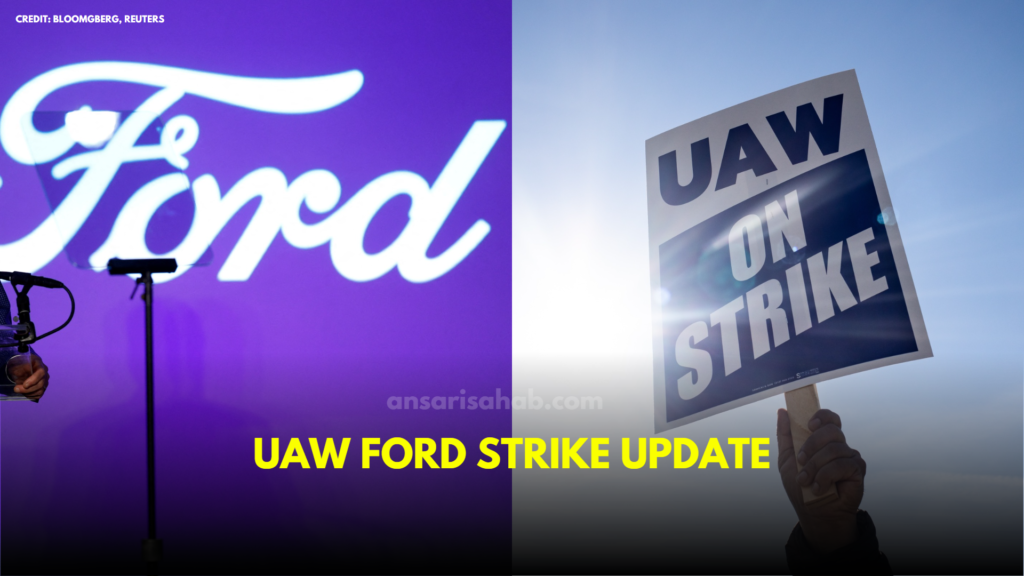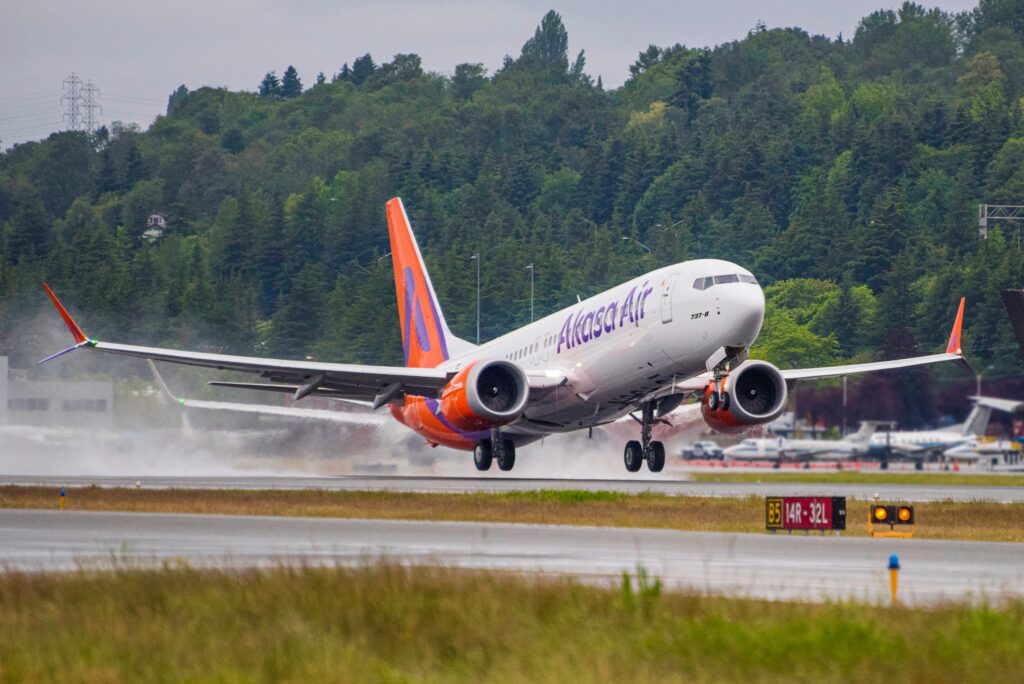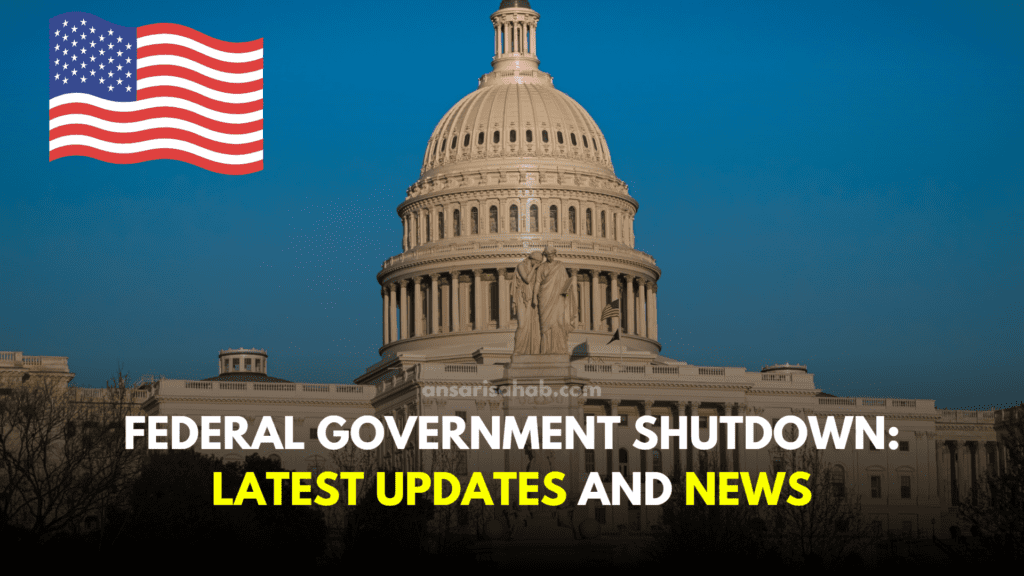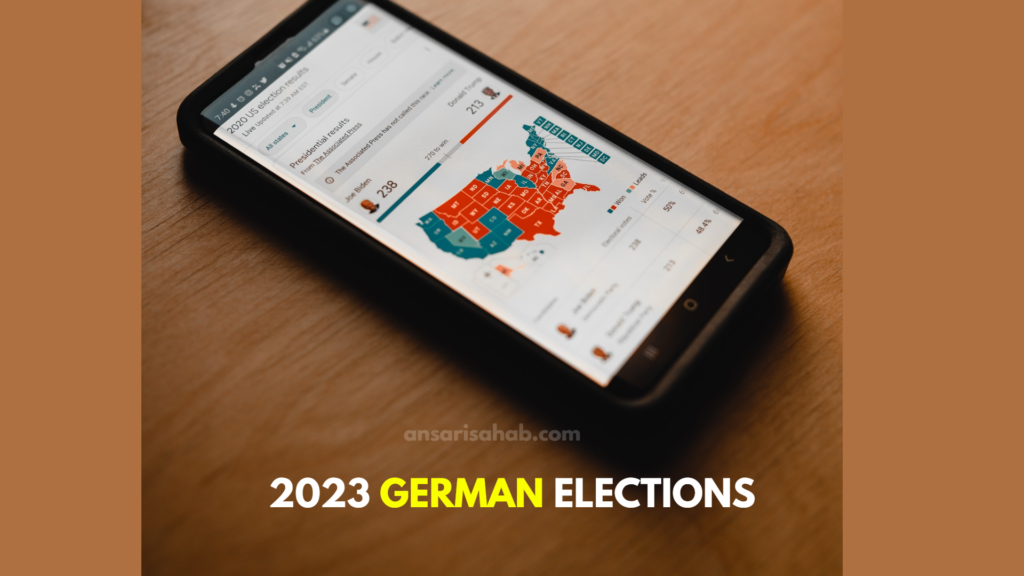The labor dispute between the United Auto Workers (UAW) and Ford Motor Company that commenced on September 15, 2023, has finally reached a turning point. After six long weeks of negotiations, both parties have come to a tentative agreement, potentially bringing an end to a UAW Ford strike that has had profound consequences for both the automaker and the broader U.S. economy. In this comprehensive blog, we will delve into the impact of the strike, analyze the key issues, and provide a detailed breakdown of the tentative agreement. Furthermore, we will explore the implications of this development on the American automotive industry and the economy as a whole.
Impact of the UAW Ford Strike
The strike, lasting over six weeks, has been nothing short of monumental, both in its duration and its consequences. It has affected not only Ford but the entire supply chain and the U.S. economy at large.
Financial Toll on Ford
The strike has taken a staggering financial toll on Ford, with estimates suggesting losses of billions of dollars in revenue. The automaker had to idle several production plants and curtail the manufacturing of its popular F-150 pickup truck, one of the company’s flagship models.
Supply Chain Disruptions
The strike’s impact rippled through the entire supply chain, causing delays and disruptions that affected not only the automotive sector but other industries as well. This has led to reduced productivity and affected the delivery of goods and services, causing financial distress to businesses across the board.
Cost to the U.S. Economy
The strike’s economic consequences are not confined to Ford. According to the Bureau of Labor Statistics, the strike is estimated to have cost the U.S. economy over $1 billion per week. This includes lost GDP and potential job losses, which have broader implications for the nation’s economic stability.
Read Also: 401k Contribution Limits 2024: Everything You Need to Know
Analysis of Key Issues
Understanding the root causes of the strike is crucial to grasping its significance. Key issues that have been at the center of the dispute include:
Wage Disparities
The UAW sought a 40% wage increase over the proposed four-year contract. In contrast, Ford had initially offered a 23% wage increase over the same period. This significant wage disparity was one of the main points of contention.
Benefits and Security
The UAW also demanded improved benefits for its members, encompassing health insurance, retirement benefits, and paid time off. Additionally, job security guarantees were a pressing concern. The UAW was adamant about securing Ford’s commitment to investing in U.S. plants and creating new jobs.
Implications for the American Automotive Industry
The UAW Ford strike is not an isolated event but a reflection of larger dynamics within the American automotive industry. The resolution of this strike has far-reaching implications for the industry’s future.
Resolving the Strike
On October 25, 2023, the UAW and Ford reached a tentative agreement, marking a significant turning point in the dispute. The agreement includes a 25% wage increase over the life of the contract, improved benefits such as health insurance and retirement benefits, and critical job security guarantees. The tentative agreement also involves a commitment from Ford to invest $5.5 billion in its U.S. plants, creating 6,200 new jobs.
Impact of the Tentative Agreement
The tentative agreement between the UAW and Ford is a positive development for both the company and its workers. If ratified by UAW members, it will put an end to the strike, allowing Ford to resume production and reassuring workers about their future.
Read Also: Hobby Airport Plane Crash: What Happened and What We Know So Far
Economic Impact
The resolution of the strike will have a significant impact on the U.S. economy, potentially reducing the billion-dollar weekly losses. With production lines back in operation, Ford can begin to recover lost revenue, while the supply chain disruptions will gradually stabilize.
Positive Sign for Labor-Management Relations
The tentative agreement serves as a testament to the importance of effective labor-management relations. It demonstrates that, even in contentious labor disputes, agreements can be reached that benefit both sides. This cooperative approach is crucial for maintaining stability in industries like automotive manufacturing.
Looking Ahead
While the tentative agreement represents a significant step towards resolving the dispute, there are still crucial steps to be taken. The agreement must be ratified by UAW members, which is expected to take several weeks. In the meantime, Ford will continue to operate at reduced capacity.
Future Negotiations
The UAW is expected to engage in negotiations with other automotive giants, such as General Motors and Stellantis, on new contracts in the coming weeks. The outcome of these negotiations will be closely watched to determine whether the positive precedent set by the UAW Ford agreement will extend to the industry as a whole.
Conclusion
The UAW Ford strike has been a defining event in the American automotive industry, with far-reaching consequences for both Ford and the U.S. economy. The tentative agreement reached between the UAW and Ford represents a positive step towards resolution, but the final outcome will depend on ratification by UAW members. The impact of this development on the U.S. automotive industry and the broader economy is profound, highlighting the importance of collaborative labor-management relations. As negotiations continue with other automakers, the lessons learned from this strike will shape the future of the industry.
Additional Insights
Here are some additional insights into the UAW Ford strike and the tentative agreement:
- The strike’s duration makes it one of the longest at Ford since 1976.
- The tentative agreement includes a $10,000 ratification bonus for UAW workers, providing additional incentive for members to approve the deal.
- The commitment from Ford to invest $5.5 billion in U.S. plants and create 6,200 new jobs signals a positive development for American manufacturing.
- The UAW Ford strike highlights the importance of unions in advocating for workers’ rights and fair labor conditions, even in today’s complex industrial landscape. It is a testament to the power of collective bargaining.
In conclusion, the UAW Ford strike and the tentative agreement underscore the dynamics of labor relations, economic impact, and the potential for positive resolutions even in the most challenging labor disputes. As the automotive industry navigates through this critical juncture, the outcomes will not only impact the workers and companies involved but will also resonate throughout the broader American economy.









